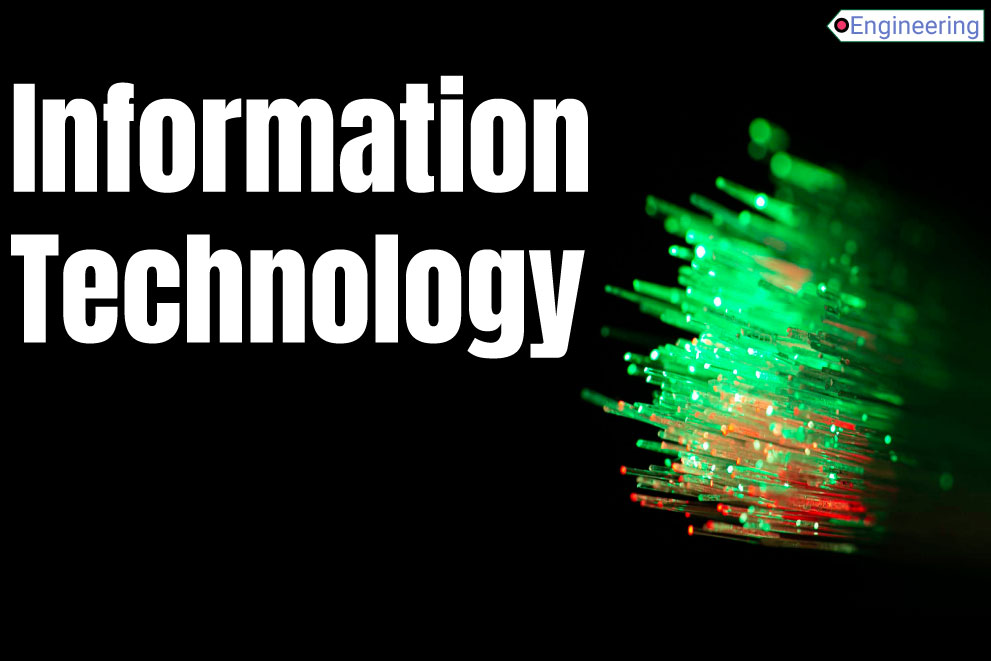Information Technology

Information Technology (IT) refers to the use of computers, software, networks, and other digital technologies to store, process, transmit, and retrieve information. It encompasses a wide range of technologies and practices that enable individuals, businesses, and organizations to manage data, streamline operations, and solve problems efficiently. IT is a critical component of modern society, driving innovation, communication, and productivity across virtually every industry.
Key Components of Information Technology:
-
Hardware:
-
Physical devices such as computers, servers, routers, storage devices, and peripherals (e.g., printers, scanners).
-
Hardware forms the foundation of IT infrastructure.
-
-
Software:
-
Applications, operating systems, and programs that enable users to perform specific tasks.
-
Examples include productivity tools (e.g., Microsoft Office), enterprise software (e.g., ERP systems), and development tools.
-
-
Networking:
-
The interconnection of devices and systems to facilitate communication and data sharing.
-
Includes technologies like LAN, WAN, Wi-Fi, and the Internet.
-
-
Data Management:
-
Storing, organizing, and analyzing data using databases, data warehouses, and big data technologies.
-
Ensures data is accessible, secure, and usable for decision-making.
-
-
Cybersecurity:
-
Protecting IT systems, networks, and data from cyber threats such as hacking, malware, and data breaches.
-
Involves tools like firewalls, encryption, and intrusion detection systems.
-
-
Cloud Computing:
-
Delivering computing services (e.g., storage, processing, software) over the Internet.
-
Enables scalability, flexibility, and cost-efficiency for businesses.
-
-
Artificial Intelligence (AI) and Machine Learning (ML):
-
Using algorithms and data to enable machines to perform tasks that typically require human intelligence.
-
Applications include chatbots, predictive analytics, and automation.
-
-
Internet of Things (IoT):
-
Connecting everyday devices (e.g., smart appliances, wearables) to the Internet to collect and exchange data.
-
Enhances automation and data-driven decision-making.
-
-
IT Support and Maintenance:
-
Providing technical assistance, troubleshooting, and system updates to ensure smooth IT operations.
-
-
Emerging Technologies:
-
Innovations like blockchain, quantum computing, and augmented reality (AR) that are shaping the future of IT.
-





